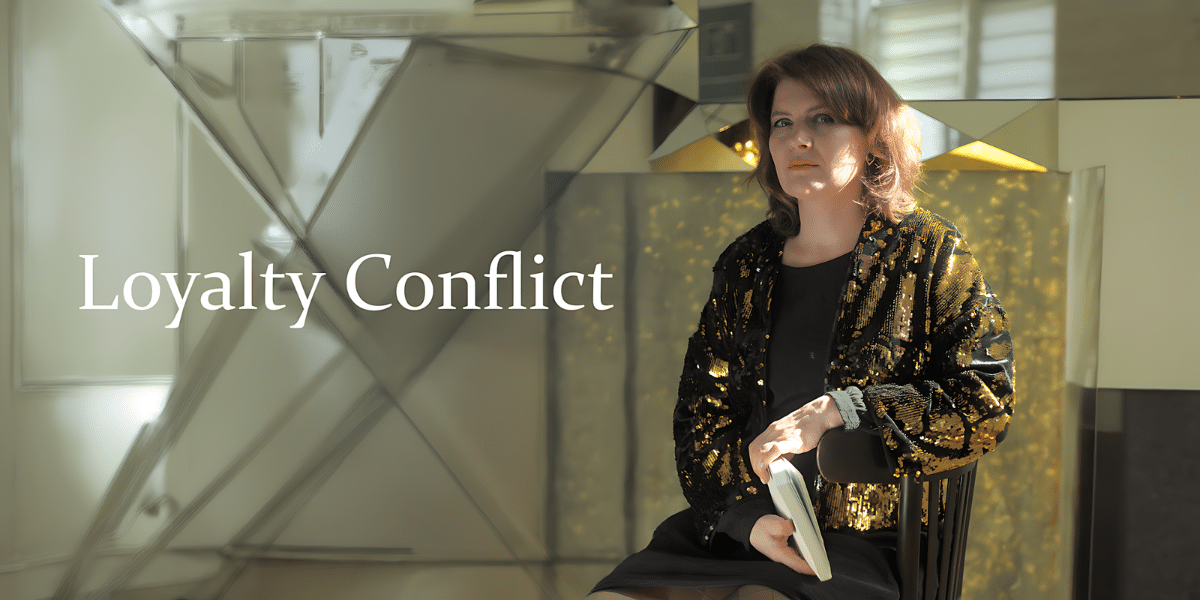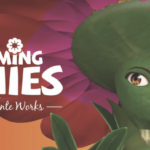By: Yuliia Kovalova
Parental divorce is a challenge not only for adults but also for children, for whom this period can be particularly difficult. In such situations, the primary risk for the child is attachment conflict and attachment trauma. How can parents mitigate this impact and help their child navigate this challenging phase with minimal loss?
Attachment Mechanism
The attachment mechanism, created by nature, helps the child identify “their own” and follow them. This is the foundation of continuity and security. In this sense, it is crucial that “their own” are on the same side. In this case, the child will perceive the parents’ divorce as a loss and will grieve to adjust to the new conditions. A loyalty conflict begins when each parent starts pulling at the attachment strings to draw the child to themselves: “I’m your own, he/she is a stranger,” “love me, don’t love him/her,” “listen to me, don’t listen to him/her,” “come to me, don’t go to him/her.” Parents behave this way due to strong antagonistic feelings towards each other. But now let’s talk about the child and how they have no strategies to cope with this.
We often observe typical scenarios in a divorce. For example, kidnapping — when one parent takes the child without agreement and prevents the other from communicating. This always triggers a new escalation, as the second parent starts to counteract due to the attachment threat. Legal proceedings follow, searching for allies, dehumanizing each other, and a lot of lies. At this stage, it can already be said that the child inadvertently enters a coalition with one parent against the other.
Children and Emotional Manipulation
Children aged 5-6 become empathetic and absorb adult feelings. Adults may use the child’s feelings (loss, resentment, anger, anxiety, guilt) to their advantage in the war against the former spouse. The child will pity the one who portrays themselves as the victim of the divorce and will be angry and resentful towards the other parent if told that they are to blame and “ruined the family.” An adult might instill fear of the other parent by frightening the child with violence or danger that the other parent might kidnap or harm them. Sometimes children are used as hostages or intermediaries, especially in the early stages of conflict when it seems like everything can still be restored. Due to uncritical thinking, the child indeed takes responsibility and wants to reunite mom and dad.
You involve the child in an attachment conflict if you:
- Manipulate the child’s feelings for your benefit;
- Ask, “Who do you love more? With whom do you want to live?”;
- Link the child’s undesirable behavior or feelings to the negative influence of the ex (e.g., “he talked to you, and after that, you slept poorly,” or “when I come, he is always happy, but when you come, he cannot be calmed down”);
- Monitor and control the child’s communication with the second parent;
- Cannot communicate with the ex yourself and use the child for this;
- Categorically do not accept the ex in the role of a parent or do not see ways to implement this role (e.g., “he himself does not want to communicate”);
- Slander the image of the second parent and rejoice that the child himself refuses to communicate with him/her;
- Cannot empathize with the child’s feelings if the child suppresses their true feelings and you cannot stand what you do not like (e.g., the child’s opinion different from yours).
Impact of Loyalty Conflict
Loyalty conflict tears the child apart inside because they do not want to pledge allegiance to someone, and they cannot cope with contradictory feelings and anxiety on their own.
What Happens to Attachment
During the initial “hot” stage of the conflict, the child may develop hyper-responsibility, choosing the weaker (victimized) or more offended party while hiding longing for the other parent. Unfortunately, the child lacks critical thinking and may perceive the narrative transmitted to them to their own detriment and feelings. For example:
- “Your mother never loved me, that’s why she left”;
- “Father left us”;
- “Mother abandoned us, she traded us for another man”;
- “Your father doesn’t need you, he has another family (a lot of work).”
Inside, the child will inevitably have a loyalty conflict, although outwardly they may continue to communicate with both parents.
If the child thinks they can “fix everything,” that something depends on them, and takes responsibility for the adults’ feelings, then abnormal attachment develops into parentification (the child becomes the adult, and the parent becomes the child). Forms of inverted attachment can also manifest in dominance (the child commands), condescending attitude (the parent is weak), or in protest, rule-breaking, and refusal to obey.
Children who are pulled like a rope for a long time and bribed may develop a diffuse type of attachment. They become emotionally detached and start treating parents pragmatically: “I will choose the one who allows more or gives better gifts.” This type of attachment severely deforms the personality and soul, negatively affecting relationships with others. Such a child will treat parents according to the principle of casting, manipulate, and provoke competition for themselves. Already in adolescence, it will be impossible to build deep relationships with such an unpleasant personality.
Long-Term Consequences of Loyalty Conflicts
If the family history includes prolonged legal disputes, child division, and abductions, such children grow up with a stable reluctance to have any relationships: “Leave me alone, I’ll be better off on my own.” This is an avoidant attachment type. Such a person will unconsciously fear the repetition of trauma and avoid the painful state they experienced in childhood.
Conclusion
To prevent severe consequences of loyalty conflicts, parents must be ready to work on themselves and seek professional help. Creating a safe and stable environment for the child is the foundation that will help them cope with the divorce and develop healthily and happily.
During the divorce period, it is crucial that parents understand their actions and their impact on the child’s mental health. The conflict between parents should not turn into a war for the child’s attachment. Empathy, openness, and willingness to dialogue are key components of successful conflict resolution. Parents must remember that their task is to support the child’s emotional well-being and maintain their trust in the world.
Instead of pulling the child in different directions, it is necessary to focus on giving them a sense of stability and confidence. Seek help from family psychologists, mediators, and other professionals who can help you deal with your personal experiences and find constructive solutions, minimizing the negative consequences of the divorce for the child. Read specialized literature, participate in support groups, and work on yourself. Remember that every step you take and every word you say can significantly impact your child’s future.
Divorce is always stressful and a crisis, but with the right approach and support, you can go through this period with dignity and help your child maintain emotional health. Your efforts now will lay the foundation for their successful and happy future.
Yuliia Kovalova is a family mediator, conflict coach in divorces involving children, and an expert on Parental Alienation Syndrome.
Published by: Holy Minoza


















